Titleist unveils the polymer crown GT drivers – Here’s everything you need to know about them
Last updated:
Everything you need to know about the new Titleist GT2, GT3, and GT4 Drivers
Titleist isn’t quite the biggest golf brand on earth (Callaway owns that title thanks to their multitude of different businesses) but they reckon the TSR were the most successful and best drivers the brand has ever created. It’s a heck of a claim from the producers of some legendary drivers and the game’s favorite golf ball franchise – the Titleist Pro V1. The company reckons its success has been due to a huge spike in tour usage and tournament wins by staff and non-contract players. With the company’s metal wood stock flying higher than ever designing the new Titleist GT drivers comes with added pressure, as when you’re riding a wave of success, you don’t want to mess things up.
At a time when other brands are literally fighting over producing the highest MOI driver out there, Titleist’s R&D team believes the competition is heading in the wrong direction. The company says golfers who opt for forgiving deep CG drivers like the Ping G430 Max 10K or TaylorMade Qi10 Max trade speed for forgiveness.
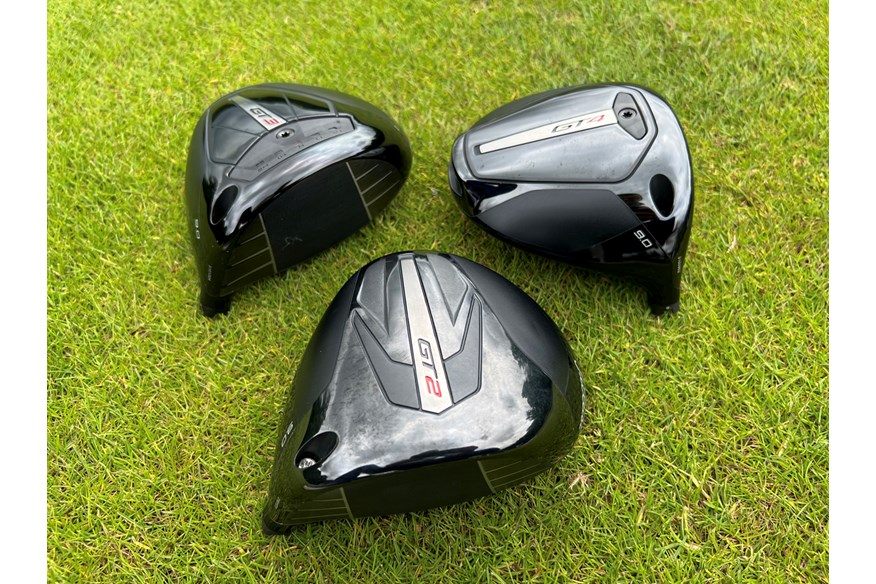
Whereas Titleist believes thanks to a brand-new material golfers can gain ball speed, distance, and up consistency, without sacrificing forgiveness with the new GT models. The company also believes golfers want to hit shots further so there’s little future in chasing MOI numbers when sacrifices have to be made in other crucial areas like speed.
Hot on the heels of their most successful drivers ever, and with the intention of staying at the top of the pile, Titleist believes the new GT drivers represent the biggest step the company has ever taken in driver design. In 2024 the brand is stepping away from all titanium constructions, much like TaylorMade did with the M1 in 2015, and turning instead to a multi-material alternative.
Here’s everything you need to know about the Titleist GT2, GT3 and GT4 drivers.
Everything you need to know about the Titleist GT drivers
There’s a new polymer crown
Most golf brands have moved towards multiple material constructions over the last decade Titleist has left it late to join the party, but the company isn’t using just any old regular carbon fiber crown like some manufacturers. The company says the brand’s new Proprietary Matrix Polymer (PMP) crown (yes carbon fiber is also a polymer) has taken six years to develop, and it’s a perfect choice for drivers and fairway woods not only as it’s three times lighter than titanium but it also sounds metallic when dropped or hit. The material has come from the aerospace industry and seven layers are required to create a durable structure, much like a carbon crown driver.
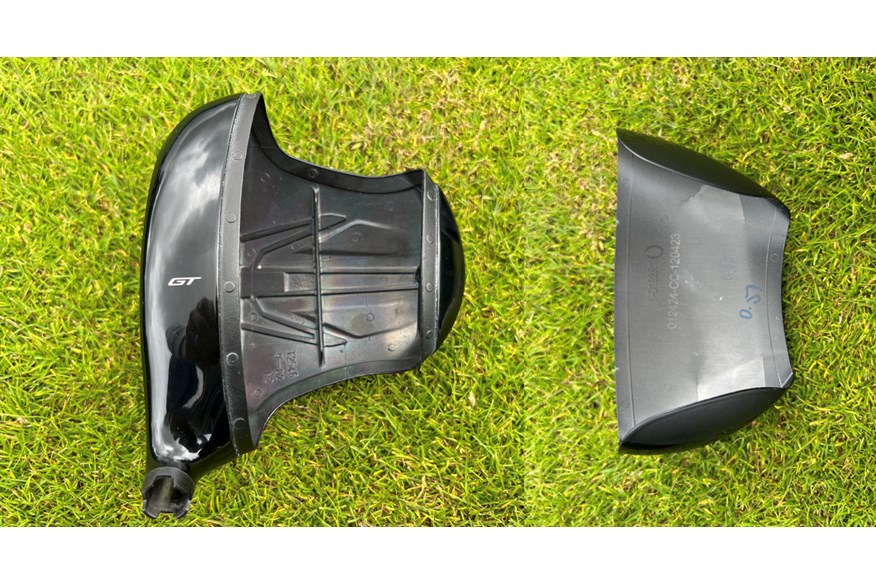
This new polymer material allows Titleist’s engineers to remove inefficient mass from high up in the head to create a new dual-weight construction, with mass at the front and towards the toe for additional ball speed plus at the back for stability. The split mass construction offers the best of both worlds in terms of speed and forgiveness.
So, the new GT 2 has a more forward CG than the previous TSR 4 (a very low spin driver) but also offers more stability than the TSR 3. The new faster, higher launch, low spin setup has offered 5 – 6 yards of extra carry distance to the Titleist players who’ve tested the new models in play thus far.
Free speed
Aerodynamics has been a battleground for golf club designers for years as being quicker through the air isn’t governed by the rules. Undoubtedly extra speed helps all golfers but it’s no secret golfers that who already have speed benefit more than those who don’t. Titleist’s internal and initial tour testing has shown golfers gaining 1-3mph of head speed switching from TSR to the new GT.
The speed gains are down to shape refinements. Compared to the TSR the GT has a much higher back with a flattened crown, and the crown/sole are more symmetrically shaped. The changes mean air grips closer to the back of the driver head which creates less drag making the models faster through the air than their predecessors.
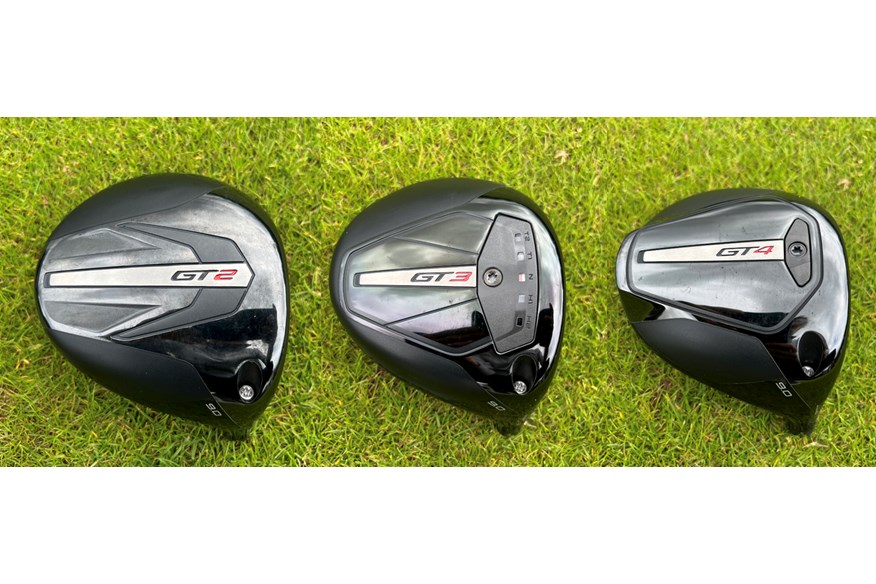
They have to look, sound, and feel like a Titleist driver
It’s no secret decent players historically have gravitated to Titleist products, and to maintain the company’s hard-earned market share top brass insisted the GT models had to look, sound, and feel just like a classic Titleist driver. A multiple-material construction would have lent itself to introducing color and texture much like the crown and body of the Callaway AI Smoke Max driver, but the company resisted knowing loyal followers prefer simple plain black driver heads.
Sound has been a major factor when players have tested the drivers out on tour, as thanks to the new polymer crown sounding metallic when hit/dropped the new GT models have a muted power and almost persimmon wood-like sensation at impact.
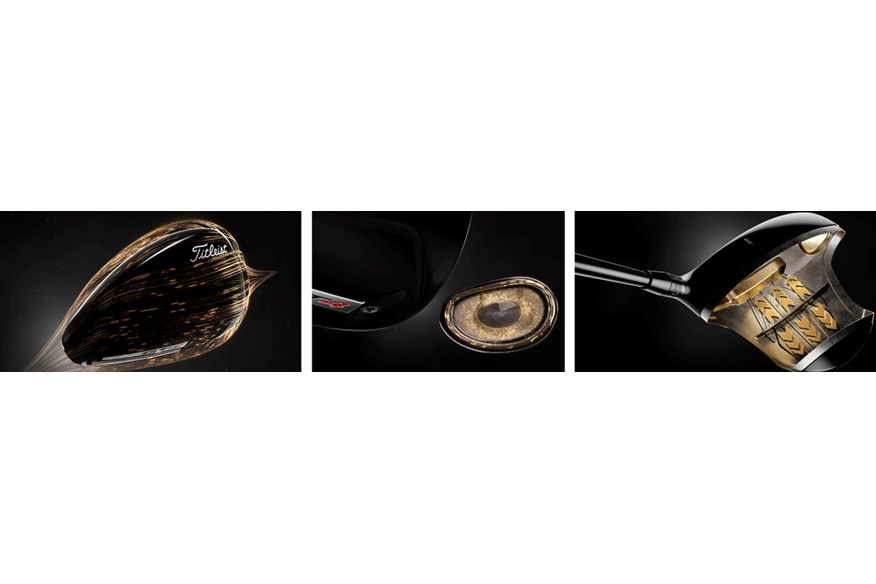
Many golfers won’t notice a difference between the GT and TSR but Titleist says there is a small difference between the models. Titleist have also opted for a seamless construction, so the joins between materials are filled, whereas other brands regularly use this feature to showcase and draw attention to a multi-material construction.
What about the face?
The GT utilizes an ATI 425 titanium alloy face just like the previous TSR, this time around though there’s more detailing as golfers feel the graphics give the impression of greater forgiveness. Variable Face Thickness is a term batted around in golf for decades, Titleist employs it on the GT along with a Speed Ring around the face perimeter to maximize ball speed retention on off-center hits.
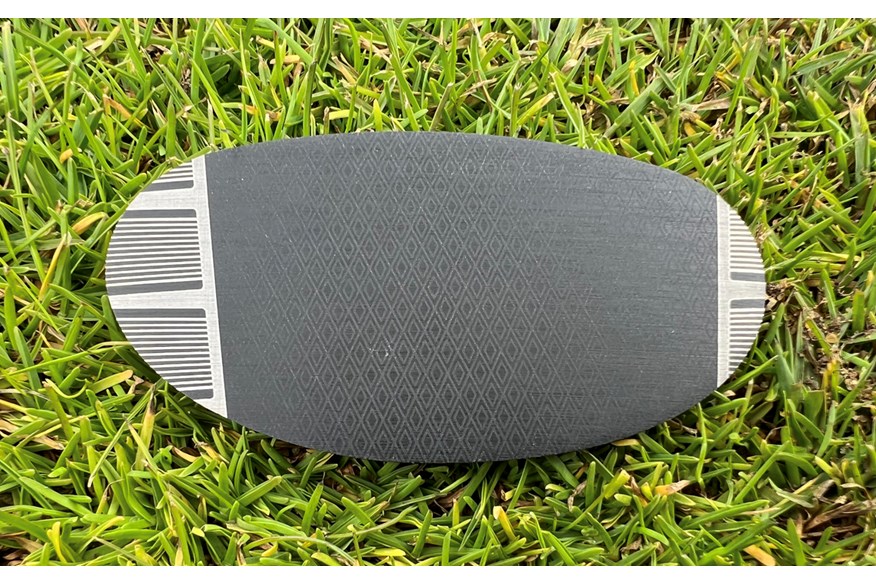
Interestingly Titleist also say they’ve done a lot of research into where golfers impact shots on the face of their driver and 85% of hits across all abilities of golfer happen within ½” of center face. With just 15% of driver hits occurring outside this zone Titleist believes investing in a high MOI driver is much like buying an insurance policy you don’t need.
What does the GT name mean?
There’s been a lot of chatter online around what the GT name stands for, and in a rather underwhelming announcement, Titleist confirmed that ‘General Technology’ was their starting point. The GT marquee has stuck thanks mainly to the link to ‘Grand Tourer’ high-powered premium cars.
What shaft options do I get with the Titleist GT drivers?
Titleist don’t really do stock shafts as they believe all the models they choose for their drivers are premium offerings. These are the featured shafts for the GT in the UK, which will set you back £579.
Low Launch – Mitsubishi Tensei 1K Black
Low / Mid Launch – HZRDUS Black 5th Gen
Mid Launch – Mitsubishi Tensei 1K Blue
Mid / High Launch – Denali Red
If you’re happy spending £749 on a new GT driver and want to look at premium options you can buy into the Graphite Design Tour AD VF (the shaft that Tiger Woods uses), the Tour AD DI, or Tour AD UB.
Will there be a Titleist GT1 driver?
Absolutely, a lightweight aerodynamic GT1 is scheduled for release in the fall of 2024, so if your swing speed hovers around average or below you might well want to wait until this model is released to identify your very best setup.

Titleist GT driver launch and spin comparison
| Launch | Spin | |
| GT2 | High | Low |
| GT3 | High | Lower |
| GT4 | Mid | Lowest |
Meet the Titleist GT driver models
Titleist GT2 driver
RRP US: $649 / $849 UK: £579 / £749
Lofts: 8° / 9° / 10° / 11°
Size: 460cc
Standard length: 45.5”
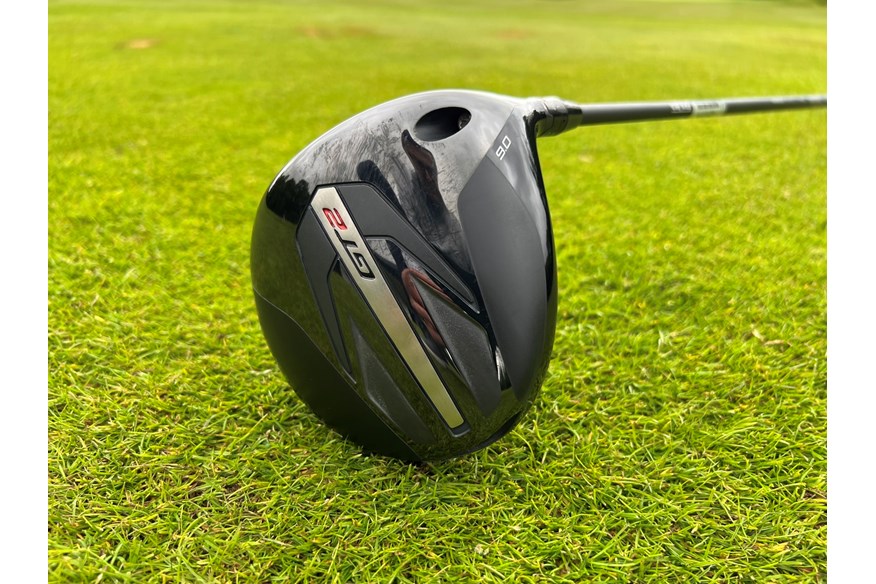
Titleist like to say the GT2 is for players who don’t always find the center of the face and need the stability of a high MOI driver without sacrificing speed. Compared to the previous TS, TSi, and TSR models the head shape is much more refined and less stretched with a big footprint, so it’s highly possible more players will play this model than previous iterations.
See this model as an alternative to the TaylorMade Qi10 Max, Callaway AI Smoke Max, and Ping G430 Max and you’ll be thinking exactly along the right lines.
Read our full Titleist GT2 driver review
Titleist GT3 driver
RRP US: $649 / $849 UK: £579 / £749
Lofts: 8° / 9° / 10° / 11°
Size: 460cc
Standard length: 45.5”
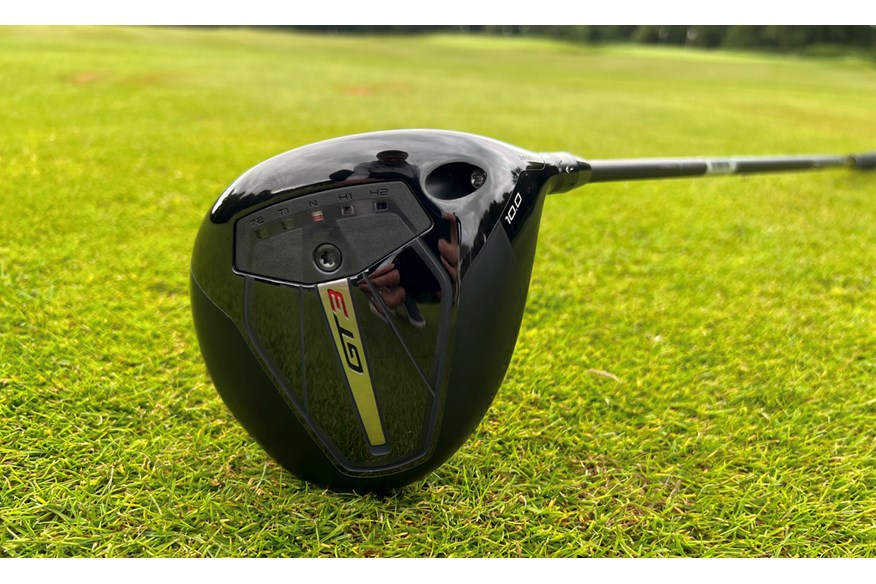
Titleist like the idea of the GT3 being for players with a relatively consistent impact location, so don’t be looking at this model if you’re prone to spraying shots across the driver’s face. An adjustable CG track in the sole allows golfers to max out distance and lock in a desired amount of directional control. Thanks to the weight track being shifted from the back to the front of the head, the GT3 is a different beast from its predecessor.
To max out ball speed align the front sole weight with your typical impact location. See the GT3 as an alternative to the TaylorMade Qi10 LS, Callaway AI Smoke Triple Diamond, or Ping G430 LST.
Read our full Titleist GT3 driver review
Titleist GT4 driver
RRP US: $649 / $849 UK: £579 / £749
Lofts: 8° / 9° / 10°
Size: 430cc
Standard length: 45.5”
The GT4 is for players who lose distance due to generating spin rates above 3000 rpm, this model is Titleist’s most aggressive spin-reducing driver, which means it packs plenty of power into its compact 430cc chassis.
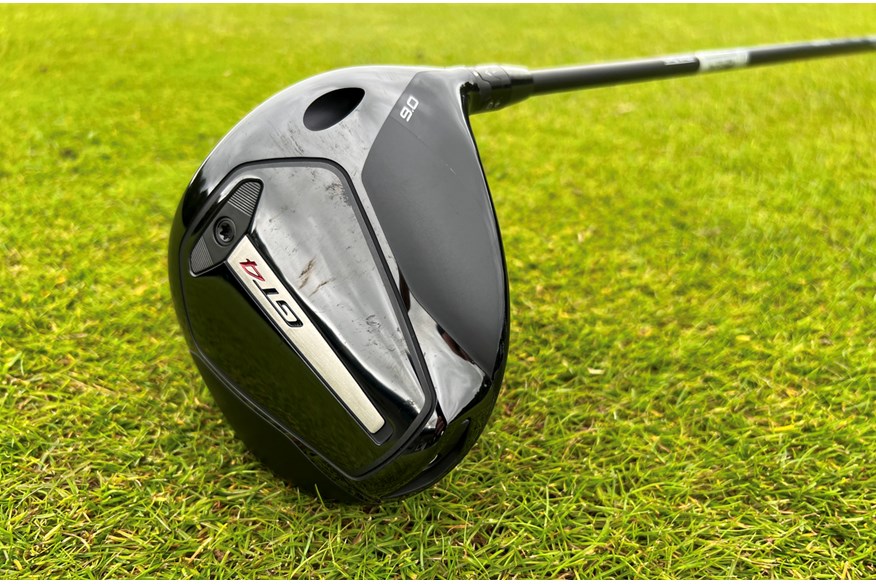
Thanks to the smaller size expect this model to be faster through the air as the head will experience less wind resistance. The previous TSR4 was known for being a temperamental beast that was difficult to live with on the golf course, hence why so few tour players put the model in play. My gut feeling, which is backed up by the fact that Byeong-Hun An had the model in play at the super tight US Open at Pinehurst is this iteration might be fractionally more playable.
Read our full Titleist GT4 driver review
Which pros are using the Titleist GT drivers?
As the Memorial Tournament kicked off on Thursday 6th June 2024, the first week the GT drivers were introduced to Titleist tour staff, brand ambassador Byeong Hun An put a Titleist GT4 driver into play.
His low spin GT4 has a 9° loft and is set at the B2 SureFit hosel setting, which is slightly more upright and a fraction draw biased. An is also using his favorite Fujikura Motore X F1 6 X shaft.
2023 US Open Champ Wyndham Clark also switched to a GT driver in the first week it hit the tour too. Clark’s new GT2 has a 9° loft with the SureFit hosel set in the slightly flatter and fraction fade-biased B1 position.
Correct as of the 13th August 2024 here are the players using a Titleist GT driver.
Brian Harman GT2 (9° loft) – Graphite Design Tour AD IZ TX shaft
Max Homa GT3 (10° loft) – Fujikura Ventus TR Black 6 X shaft
Joo Hyung “Tom” Kim GT3 (9° loft) – Graphite Design Tour AD VF 60 X shaft
Cameron Young GT2 (9° loft) – Accra Tour Z5 65 M5 shaft
Justin Thomas GT2 (9° loft) – Mitsubishi Diamana ZF 60 TX shaft
Byeong Hun An GT4 (9° loft) – Fujikura Motore X F1 6 X shaft
Billy Horschel GT3 (9° loft) – Fujikura Ventus Black TR 6 X shaft
J.T. Poston GT3 (9° loft) – Mitsubishi Diamana BF60 TX shaft
Tom Hoge GT3 (9° loft) – Fujikura Ventus Black 6 X shaft
Will Zalatoris GT2 (9° loft) – Fujikura Ventus TR Black 7 X shaft
Justin Rose GT3 (9° loft) – Project X HZRDUS Black 60 TX shaft

What are the pros saying about the Titleist GT drivers?
8-time PGA Tour winner – Billy Horschel
“Having tight spin rates allows me to get similar carry distances even when I don’t hit it good. If I miss one a little thin, it’s not spinning at 2,800 or 2,900 RPM where it could fly 10 yards shorter. It’s still flying the same distance or maybe a few yards shorter than if I hit it solid. It gives me the confidence if there’s a bunker at 300 or 305 I want to carry, I don’t have to be perfect. I can miss it and know it’s still going to carry.”
World Number 38 – Will Zalatoris
“I’m picking up 1.5 mph ball speed, which equates to about another 6.5-7 yards of carry distance. I think the thing I’ve really noticed when comparing it to my old one, from the TSR to the GT, the mishits just get brought in much more; 4-5 yards tighter dispersion out here on Tour could be the difference between being in the fairway and having another birdie look”.
2023 US Open Champ – Wyndham Clark
“It’s faster (than my previous TSR3), I felt like I got 2-3 mph more ball speed, which is amazing. And it has really consistent spin, which is obviously huge for what we do out here.”
Cameron Young
“There’s something rewarding about the sound it makes when you hit one in the middle. It just feels like it’s coming off really fast, which is a really rewarding kind of feeling. The fact that it looks so much like what we’re used to and a shape that I think everybody likes, it’s nice to know that underneath you’ve got some help, but at the same time it’s the same thing you’re used to. And the things that you like have stayed consistent.”
Max Homa
“I’ve got the GT3, and I was beyond stoked to get this because J.J. (Van Wezenbeeck, Titleist’s Senior Director of Club Promotions) told me it was basically built for everything I like in a driver. The big benefit to me is that this driver likes to go higher with a little less spin. I struggle when I try to get height. I need to feel like I’m swinging and hitting a lower drive. With GT you can kind of play for a low one and it’s going to launch up in the air with very little spin.”
When will the Titleist GT drivers go on sale?
The 1st of August has been earmarked as the day for all the inside information behind the Titleist GT driver family to go public. You can expect to see the GT2, GT3, and GT4 on general sale on August 23rd. If you’re keen to be among the first golfers to hit them look out for early fitting sessions, some may be available before this as Titleist rolls their new driver franchise out globally.
READ NEXT: The Best Titleist Drivers
-
 A close up to show the sole detailing of the Titleist GT2, GT3, and GT4 drivers
A close up to show the sole detailing of the Titleist GT2, GT3, and GT4 drivers
-
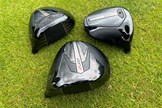 The soles of all three Titleist GT drivers
The soles of all three Titleist GT drivers
-
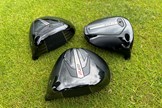 The sole shape and detail of all three Titleist GT Drivers
The sole shape and detail of all three Titleist GT Drivers
-
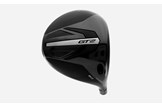 A close up of the sole detailing of the Titleist GT2 driver
A close up of the sole detailing of the Titleist GT2 driver
-
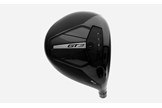 A close up of the sole detail of the Titleist GT 3 driver
A close up of the sole detail of the Titleist GT 3 driver
-
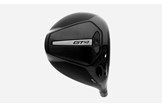 A close up of the sole detailing of the Titleist GT 4 driver
A close up of the sole detailing of the Titleist GT 4 driver
-
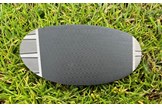 A close up of the Titleist GT driver face
A close up of the Titleist GT driver face
-
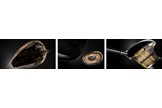 Graphics to show the new aerodynamics, face tech and multiple material construction.
Graphics to show the new aerodynamics, face tech and multiple material construction.
-
 Max Homa and Cameron Young using the Titleist GT drivers
Max Homa and Cameron Young using the Titleist GT drivers
-
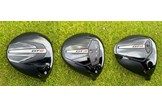 A close up of all three Titleist GT driver soles
A close up of all three Titleist GT driver soles
-
 Simon Daddow hitting the GT drivers at Titleist's Woburn Performance Centre.
Simon Daddow hitting the GT drivers at Titleist's Woburn Performance Centre.
-
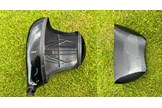 The internal construction and polymer crown of the Titleist GT drivers
The internal construction and polymer crown of the Titleist GT drivers
-
 A close up of the sole and weight detailing of the Titleist GT2 and GT3 drivers
A close up of the sole and weight detailing of the Titleist GT2 and GT3 drivers
-
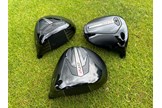 All three Titleist GT driver soles
All three Titleist GT driver soles
-
 The sole shape and detail of the Titleist GT2 driver.
The sole shape and detail of the Titleist GT2 driver.
-
 The sole shape and weight track of the Titleist GT3 driver.
The sole shape and weight track of the Titleist GT3 driver.
-
 The sole detail and shape of the Titleist GT4 driver.
The sole detail and shape of the Titleist GT4 driver.